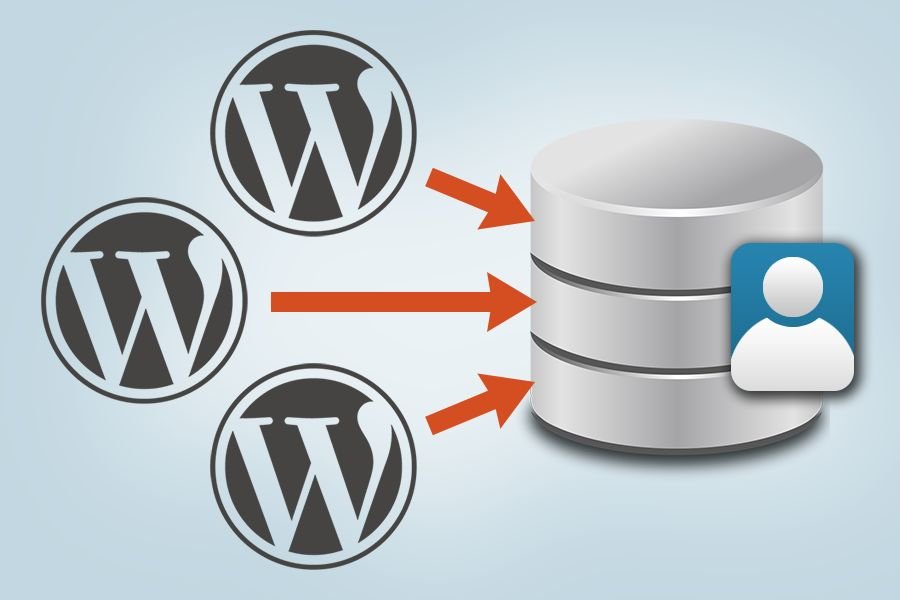Editorial management enables the publishers to plan out the content strategy. It offers features that help to manage and deliver the content with much ease and flexibility. By effective implementation of editorial management the publishers are empowered to produce content to their sites with guidelines and preferred editorial workflow. In other words editorial management helps the publishers to get the best from their team and produce quality content in most effective manner.
To generate quality content and to manage your content team in an effective and conducive environment, there are some interesting and really great Editorial Management solutions, specially designed for WordPress site. They are listed as below.
1. ContentCloud:

One of the widely used newsroom plugin that is changing the dynamics of websites with editorial content is the Betaout’s ContentCloud plugin, developed as SaaS (Software as a Service). The plugin offers real-time collaboration between the editorial teams by empowering the newsroom with dynamic workflow mechanism and easy integration functionality. The news desk is easily accessed by the administrators to keep a birds-eye watch on the various teams of writers, editors and publishers. Furthermore, the plugin has been developed on plug and play architecture and can be removed successfully without hampering the workflow dynamics of the websites in any manner and is easily accessible using hand-held devices, such as iPad and android powered devices due to its HTML5 based application platform.
This plugin offers real-time collaboration between different editorial teams using WordPress platforms in an intrinsically simple and effective manner. The much talked about plugin combines a single interface for various editorial teams and multiple websites. The plugin not only offers a smart workflow management solution but also makes sure that the editorial team is focused on the content and not on the collaboration aspects between various members. The interface allows creation and handling of different user roles and offering custom workflows for each individual or a team.
2. Multisite User Management

Multisite User Management is a plugin that is useful for adding several users to every individual website in the WordPress network. So, if you are managing a WP network, you are not supposed to add your users manually at different individual websites in your network as Multisite User Management makes this process hassle free and simple. With the help of this plugin, I can now assign a default role for all the users of my websites. Any user role could be defined in the network, which would be implemented directly by Multisite User Management to all the users. Also, if you do not want to assign any role to your users, you have the choice of keeping your website private by giving no roles to any of the users in your network. In order to re-apply a role to all the users on different websites, you are supposed to change the default role for all the websites through the settings page. You can set different role for multiple users by going inside the settings window. In other words, you can set any role as per your requirements using this plugin through the settings.
3. Joget Workflow Inbox Widget

The WordPress plugin Joget is actually known as Joget Workflow Inbox Widget. This plugin is basically a WordPress add-on that offers a widget to maintain and control the workflow of a WordPress blog or website. With the help of this plugin I was able to create many of my dynamic web application without getting into serious coding or programming in PHP and MySQL. This application is bit complex to configure but can be easily done by following the instruction provided by the plugin page. Once this plugin is fully configured the widget shows all pending or pre planned task or application development process to the logged in user. The chief admin or blog owner can assign or determine the role of the user for this plugin specifically. Joget comes with a special authentication credential for updating and modifying the plugin configuration settings, which is returned by the JSON array for any initiated query to the JIW application server. This plugin also communicates and offers a complete control over the WordPress blog deployment activity along with web application development process directly from the admin dashboard.
4. Role Scoper

Role scoper WordPress plugin is a powerful tool that allows complete customization of any WordPress enabled website or blog to function as a standalone CMS platform. The powerful features of the role scoper plugin allows for complete CMS like permissions for reading as well as writing on the websites for users, writers, editors and publishers while allowing room for content specific restrictions. The functionality of the role scoper plugin makes sure that core user permissions are not altered in any way while assigning new content specific roles to authors and users. Role scoper plugin has a very easy user friendly interface with role restrictions and assignments reflected in every aspect of the WordPress interface, from front end content to browsing of administrative posts and user comments section. Another most powerful feature of the role scoper plugin is its ability to provide flexible and powerful bulk administration forms by simply checking a set of users in the edit form panel.
5. Editorial Guidelines

Editorial Guidelines plugin helps me in abiding by all the editorial guidelines required for publishing different articles or post over my blogs. With the help of Editorial Guidelines, I can easily display an instant and small box just beside the edit screens of both the post page and page as per your editorial guidelines. The contents found over the Editorial Guidelines box are generally very much editable. This simply helps me whenever my WordPress activity multiplies and you see adding up more number of contributors in it. In other words, you could call this plugin as simple and easy to install, at the same time you can customize it as per your editorial requirements without any hassle. The downside of this plugin is that it is not updated since past two years, and no longer being supported or maintained by the creators. Hence if you are using some of the latest versions of WordPress, you are likely to face compatibility issues while using it. However, I use it over my older versions of WordPress hence never find any issue while working with this particular plugin. In this way, I manage to reap benefits from Editorial Guidelines.





Leave a Reply